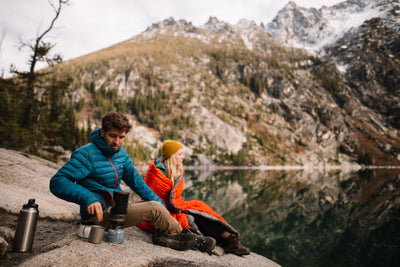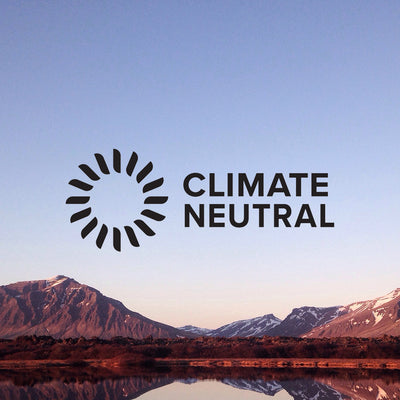5 Things I learned in Patagonia
Adventure and photos by Molly Sun
I used to only know “Patagonia” as the apparel brand. Little did I know that in March 2016, I would be spending 2 weeks backpacking in Patagonia, one of the most beautiful regions in the world. Located at the southern tip of South America (pretty much as close as you can get to Antarctica), Patagonia is massive. Did you know that it is home to the third largest ice field in the world behind Antarctica and the North Pole? I could go on forever with the interesting facts, but here are the top 5 things I learned in Patagonia:




1. Hiking is the best way to enjoy the landscape
Patagonia is famous for its jagged mountains and massive glaciers. While you can ride the bus to certain “stops,” the best ones are accessible only by foot. The famous 5-day W Trek in Chile takes you through valleys, hills, and waterfalls that ultimately end with a breath-taking view of Torres del Paine. Los Glaciares National Park in Argentina also offers several day-hikes with equally stunning views. Did I mention that you could hike up to the foot of Mt. Fitz Roy, aka the logo of Patagonia (the apparel company)? The hikes themselves are of moderate difficulty, so don’t worry, you can still enjoy the beauty even if you are not a professional backpacker.

2. Pack light!

If you are camping, bring ultra-light camping gear. Bring freeze-dry food (must bring from America since you can’t buy that in Patagonia) and Clif Bars. Although you don’t need any of these things to be a happy camper, you will be an even happier camper because your back, shoulders and legs will thank you at the end of each day. Oh, and if it helps, you can drink water straight from the streams there…because well, Patagonia!
3. Go see the penguins
If you’ve already made it all the way down to Patagonia, why not take a day to see the penguins? One of my favorite memories was running around with 150,000 Magellanic penguins on Magdalena Island. These little guys are only in Patagonia from October – April, so plan accordingly. You can also see King penguins in other parts of the region.

The Magellanic penguin species this species can be identified by the distinctive white bands which loop over the eye, down the side of the neck and meet at the throat.

The Magellanic penguin produces a loud, mournful call, similar to that of a donkey bray. This is used most commonly by the males when seeking a mate, but also during other activities such as territorial disputes.
4. Be prepared for unpredictable weather

The wind in Patagonia is no joke. We were hiking in up to 75 mph winds every day. As if that wasn’t enough, we also experienced up to 4 seasons every day. Don’t be fooled by the morning sun because weather can change just like that and it will be raining and snowing before you know it. People say you haven’t experienced Patagonia unless you’ve experienced the weather. It’s true! So dress accordingly, and wear layers.
5. You will meet and become friends with people from all over the world AND walks of life

As in all trips, making new friends is a highlight. I loved the W Trek because we became friends with people whom we would’ve never met in our regular lives back home. After a long day of hiking, there was nothing better than enjoying a cup of hot chocolate with new friends, such as an Irish couple who are running 7 marathons in 7 continents. In fact, they just completed their 6th marathon in Antarctica before trekking in Patagonia. Most of the other backpackers were exchange students, people who quit their jobs and are traveling the world, or Europeans who have 6 weeks of vacation. Surprisingly, we were one of the few tourists who hiked the trek using “normal” vacation days in US standards. I do hope that more Americans will take the opportunity to visit this region because it’s absolutely worth it.
And lastly! This one didn’t make Top 5, but it deserves honorable mention.
6. Guanacos are not llamas
We saw these guanacos and immediately called out in excitement: llamas! Like most tourists in Patagonia, we were oblivious to the fact that these beautiful animals were actually guanacos, Patagonia’s local llamas. They are smaller in size compared to their famous cousins, have ears that stick up, and live throughout the region.

The guanaco (Lama guanicoe) is a camelid native to South America that stands between 1.0 and 1.2 m (3 ft 3 in and 3 ft 11 in) at the shoulder and weighs about 90 kg (200 lb).
About Molly

Molly Sun is a marketing professional and the current Director of Marketing at the Texas Panic Room based in Austin, Texas. Prior to switching to a career in marketing, she worked in finance and consulting in Houston, Texas. Molly enjoys photography, traveling outdoors, watching Asian dramas and giving back to the community. Check out some more of her travel photos at




